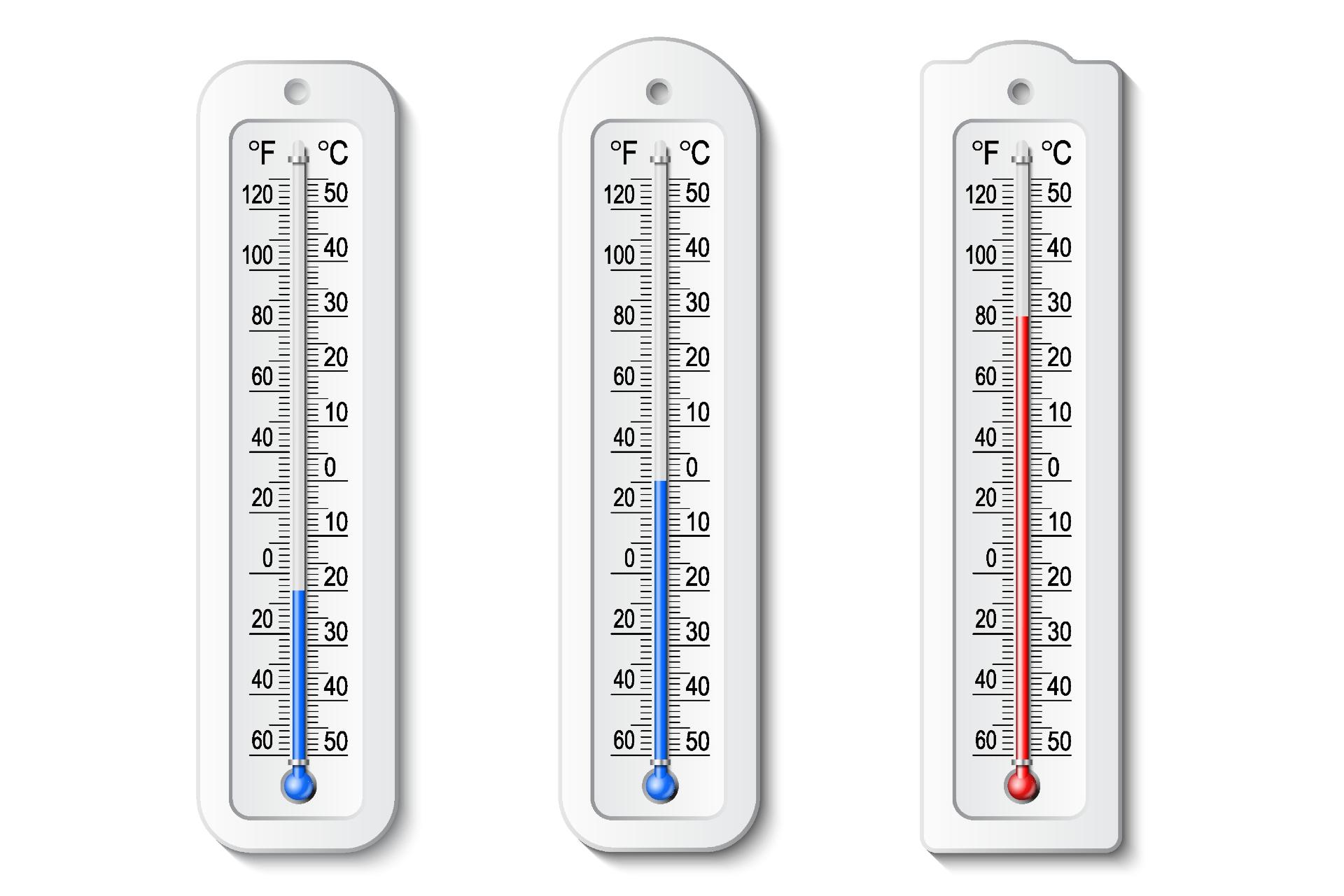Where Paper Thermometers Are Used and How to Use Them
Paper thermometers are versatile and cost-effective tools used in various industries for temperature monitoring. They consist of temperature-sensitive elements embedded in paper substrates, allowing for easy visual interpretation of temperature changes. Paper thermometers, also referred to as disposable or strip thermometers, are used in settings where a quick and approximate temperature measurement is needed.
How a Paper Thermometer Works
A paper thermometer works based on the principle of heat-sensitive materials that undergo a chemical reaction when exposed to temperature changes. The construction of a paper thermometer typically involves a heat-sensitive chemical strip or dots embedded within a paper or plastic substrate. When the paper thermometer is exposed to heat or placed in contact with a warm surface, the heat-sensitive material absorbs the temperature. The paper thermometer contains a heat-sensitive material, such as liquid crystals or thermochromic ink. These materials have properties that cause them to change color or display a color gradient in response to temperature variations. The heat-sensitive material is calibrated with specific temperature ranges. Each color or shade represents a different temperature level. As the temperature increases, the heat-sensitive material undergoes a chemical reaction. This reaction leads to a change in the molecular structure of the material, which, in turn, alters its light absorption and reflection properties. This change causes the material to display a different color or shade.
Industry Applications for Paper Thermometers
Here are a few examples of where paper thermometers are used:
Medical Facilities: Paper thermometers are often used in hospitals, clinics, and pediatric offices to measure body temperature. They provide a simple and convenient way to obtain a general indication of a patient’s temperature.
Food Safety: Paper thermometers can be used in food service establishments, such as restaurants or catering businesses, to monitor food temperatures. They are particularly useful for checking the temperature of cooked meats or reheated food.
Industrial Processes: Paper thermometers can be employed in industrial applications where temperature monitoring is necessary, but precise measurements are not required. They may be used to monitor the temperature of machinery, equipment, or manufacturing processes.
How to Use Paper Thermometers
Using a paper thermometer strip is a fairly straightforward process. Here’s a step-by-step guide on how to use a paper thermometer strip:
Follow Instructions
Start by carefully reading the instructions provided with the paper thermometer strip and ensure that the environment where the measurement will take place is suitable.
Position the Thermometer
Place the paper thermometer in the appropriate location as per the instructions. The specific placement will depend on the intended use of the strip. If you are using the strip to measure the temperature of an object or food, ensure that the strip is in direct contact with the surface you want to measure.
Wait the Designated Time
Paper thermometers typically require a specific amount of time to provide a reading. This duration is usually mentioned in the instructions. Ensure that you leave the thermometer in place for the recommended time for an accurate reading.
Read the Temperature
Once the designated time has passed, check the paper thermometer for the temperature reading. Most paper thermometers use color indicators to display the temperature, with color changes corresponding to specific temperature ranges. Match the color on the thermometer with the provided chart or reference to determine the approximate temperature.
Paper Thermometers and the 3D Lamination Industry
Paper thermometers within the 3D lamination industry include paper-based temperature indicators that are coated or laminated with a protective layer, giving them a three-dimensional appearance. The lamination process enhances their durability, protection against moisture, and overall aesthetic appeal. This makes them suitable for various applications and industries where temperature monitoring is required. Here are some examples:
Food Industry
Paper thermometers with 3D lamination are used in the food industry to ensure safe food handling and storage. They can be applied to packaging or containers to monitor the temperature of perishable goods, such as chilled or frozen products. These thermometers provide a visual indication if the food has been exposed to improper temperature conditions during transportation or storage.
Medical and Healthcare
In the medical and healthcare sectors, paper thermometers with 3D lamination are commonly used for body temperature monitoring. They can be applied to patient charts, medical records, or medical packaging. The protective lamination helps maintain the integrity of the thermometer, making it more resistant to damage and ensuring accurate temperature readings.
Cold Chain Logistics
The cold chain industry, responsible for transporting temperature-sensitive products like pharmaceuticals, vaccines, and perishable goods, utilizes paper thermometers with 3D lamination. These thermometers are applied to packaging or containers to monitor temperature variations during transportation. The lamination protects the thermometer from external factors and helps it withstand harsh conditions.
Industrial Applications
Paper thermometers with 3D lamination find applications in industrial processes that require temperature monitoring. They can be used in manufacturing, warehousing, or quality control to assess and maintain appropriate temperature levels. For instance, they may be applied to machinery, equipment, or storage units to ensure temperature compliance and prevent overheating.
HVAC and Building Management
The heating, ventilation, and air conditioning (HVAC) industry benefits from paper thermometers with 3D lamination for temperature monitoring. These thermometers can be placed on HVAC systems, vents, or pipes to gauge the efficiency of temperature regulation. The lamination protects the thermometer from external elements and enhances its longevity.
At Smartech, we provide a solution for temperature monitoring with our custom perforated paper thermometer sheets. Unlike standard options that offer only 8 strips per sheet, our sheets contain 24 strips each. These strips have a temperature range of 130-200°F. What sets our product apart is that the strips come pre-perforated, eliminating the need for manual trimming. This feature not only saves time but also reduces costs. It is highly recommended to test the temperature of each press load to ensure the adhesive reaches the necessary temperature, preventing expensive delamination issues in the future. Our thermometer sheets make this process easy and affordable. Buy paper thermometers and 3D lamination finishing tools with Smartech.

Looking for More Information?
Check out our Resources or Contact Us

